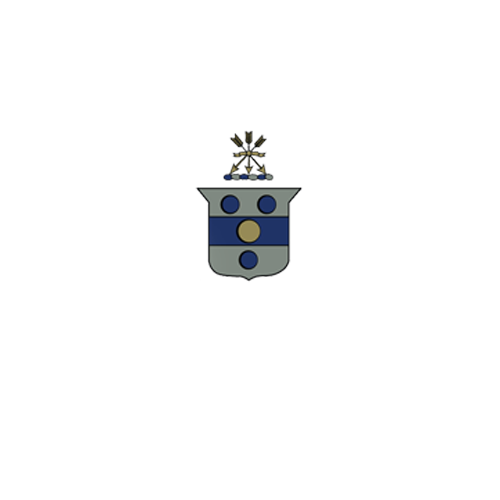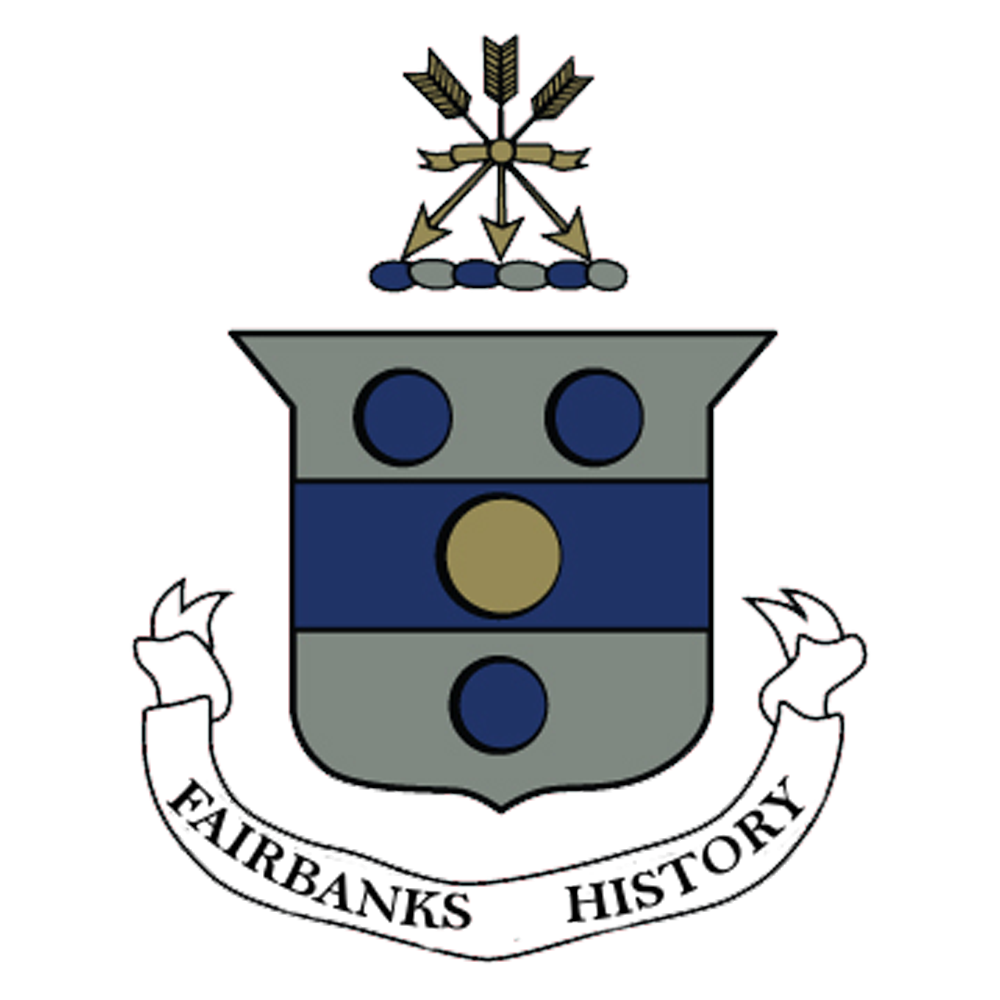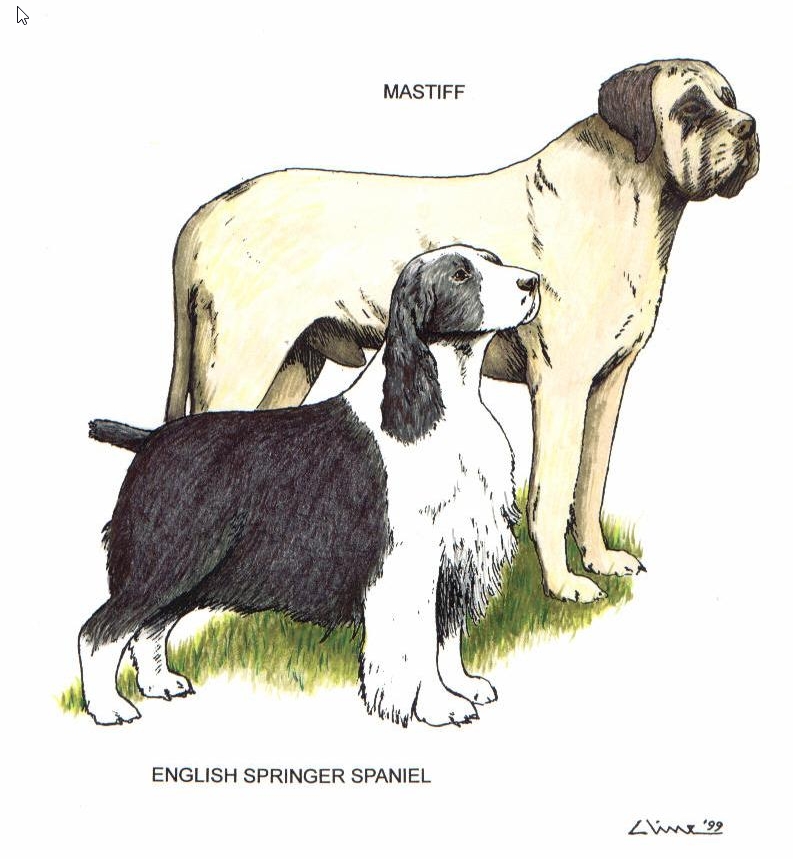Always Take Your Best Friend
Two Common Breeds of Dog in the 17th Century
My pets have always become like family. I have no doubt the Jonathan Fairbanks and John Prescott cherished their dogs for their service and company. Dogs were protectors, herders, hunters, kitchen help, and foot warmers in Old England and the New World.
The 17th Century dog, like every member of the family, was required to do the work that they were best suited. The aristocracy were allowed hunting dogs. The common man could not keep a hunting animal. His dogs were often maimed in England to assure it could not hunt in the King’s forests. Canines were depicted in heraldry and paintings as hunters. In other art, dogs of the wealthy appeared as lap dogs or best friends.
Lancastrian Heeler
Lancastrian Heeler
John Prescott might have had a Lancashire Heeler or one of its ancestors, a corgi or terrier. This small sturdy dog had the energy and intelligence to work the Lancashire cattle that were driven inland to the markets of Yorkshire. It had a natural instinct to hunt rabbits and rats and was easily taught other tasks. Hunting rabbits and rats were allowed at every level of the society.
Heeler’s affection for its owner was shown in a characteristic smile, produced by drawing back her lips to show her teeth. I recognize this trait because my cocker spaniel would smile on the right side of her mouth accompanied by a body shaking wag of her stubby tail. A heeler would be a good companion for John Prescott, because that breed was affectionate, happy, talkative, and ready to walk.
Yorkshire Whippet
Whippet
In Yorkshire, the small greyhound or whippet was common. This was a quick medium-sized dog. They were bred for the aristocrats but found too small for the hunt. They were then bred smaller for hunting rabbits and rats. Later they became known as the “poor man’s racehorse.”
Mastiff
Perhaps a more helpful dog to someone who was involved in the wool industry in Yorkshire was the ‘old English mastiff. Clothiers left wool cloth on tenters outside their house. This was a massive dog standing 27-30 inches at the shoulders. It was bred as a watchdog and called a ’bandog’ or ‘tiedog.’ They were tied up during the day and let loose at night. Envision a mastiff outside the Fairbanks House in early Dedham, Massachusetts, protecting against the wolf packs of Wigwam swamp. They were large with a heavy head and short muzzle, but they were agile and had the power and courage to protect the family and home.
Mastiff
English Springer Spaniel
The last friend we meet is dear to me, the English Springer Spaniel. My last dog was a similar breed, a cocker spaniel. We named her Harvest for her wheat colored coat. The medium sized English Springer Spaniel was an inherent hunter, a good quality for dogs of New England. It was fast paced and trustworthy, but had to be trained to remain under control. In the Dedham town records, in 1649, they wrote, ‘care was to be taken that the young hound dogs be in time taught to hunt.’ Spaniels are friendly, quick to learn, and obey, because they love their home and family.
English Springer Spaniel
Harvest
My Cocker Spaniel
There are stories of dogs on voyages to the New World. Edward Winslow wrote about dogs in early Plymouth that protected their masters from the wild beasts of the woods. The Dedham town record referred to training the dogs of the town. In Medfield, a part of Dedham, they told of dogs in the church, disrupting services when territorial quarrels erupted among them or obediently lying at the feet of female members to act as foot warmers. Dogs were an integral part of life in England and New England in the 17th-Century.
Where you can read more about the dogs of the 17th Century.
Journal of Francis Higginson’s family voyage on the ship Talbot
http://genealogytrails.com/mass/journals.html
Edward Winslow’s account of two dogs at Plymouth
http://genealogytrails.com/mass/journals.html
Dedham Town Records
https://archive.org/details/earlyrecordsofto01dedh/page/n8
Church at Medfield
Ye Fayerbanke Historial, Vol. I, Nov. 1903, p. 23-29. Found at Dedham Historical Society Museum.
What’s Coming Up:
Next we explore the markets and fairs of 17th Century England.













